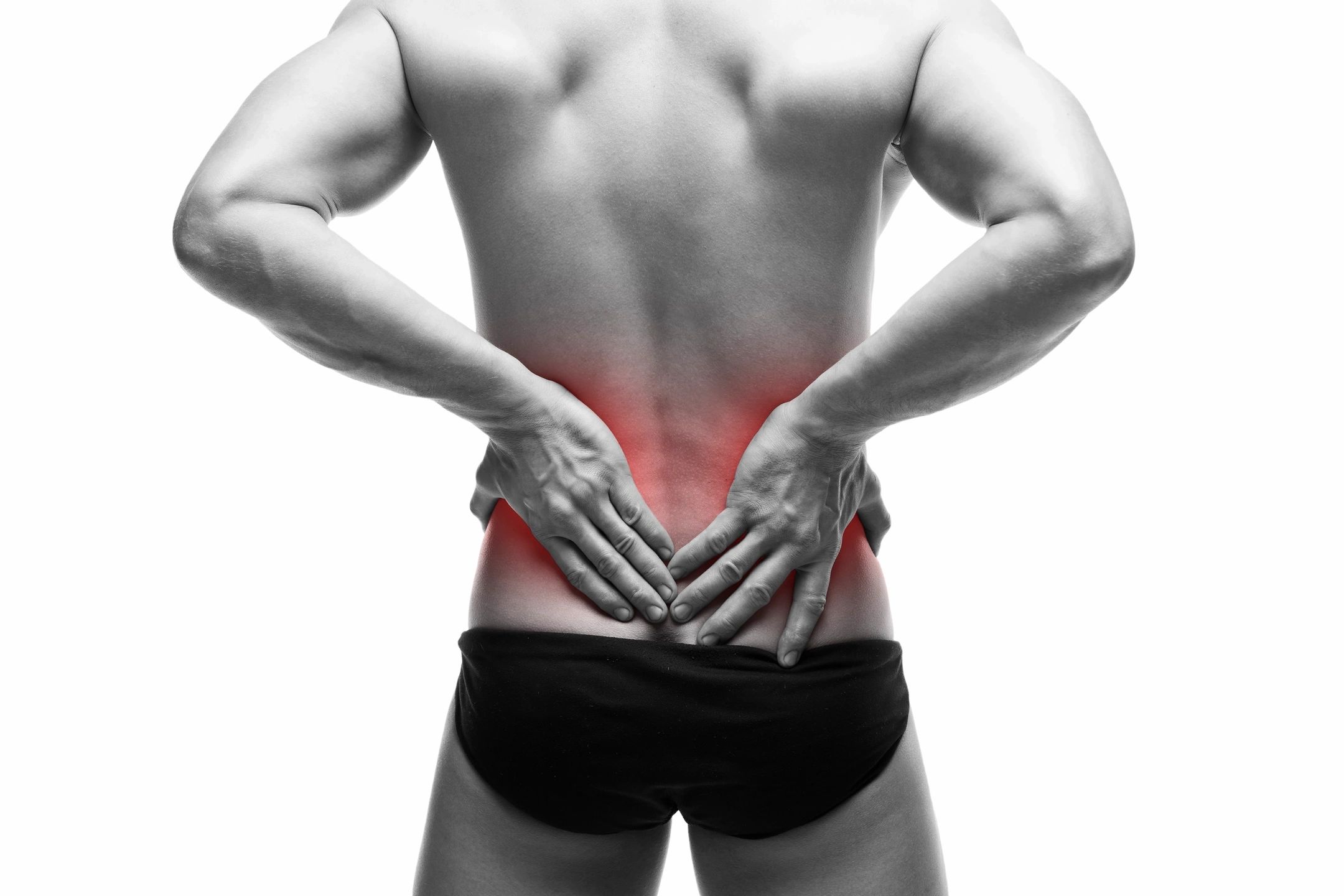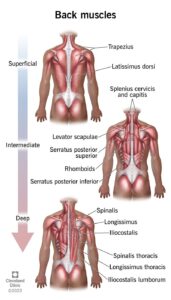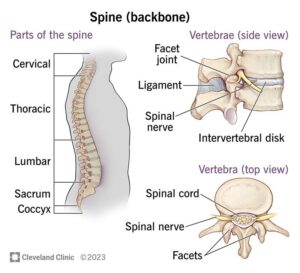Back Pain – Introduction

Back Pain – Introduction
Dr. Claire Arcidiacono, ND
I wanted to do a series on a topic that on the surface seems simple BUT in reality, is anything but simple. This topic is back pain. Now I know what you are thinking, but Dr. Claire back pain is just back pain! You grab an NSAID and move on. You may not realize that back pain can occur for many reasons. Depending on the cause of your back pain, the recommendations to help reduce the pain and inflammation can vary. So, let us get into it, shall we?
In this series we will be reviewing the causes for back pain that most come up in consultations here at Invite health. These include muscle strain (or pulled muscles). We will also be reviewing the differences between a herniated and bulging disc. On a similar note, we will be covering degenerative joint disease, bone spur induced pinched nerve pain and even sciatica. We will also be reviewing scoliosis and how the spine can affect back pain. Additionally, we will be reviewing how certain chronic conditions such as osteoporosis and arthritis can trigger and worsen back pain. Lastly, I will be reviewing back pain that is triggered by other conditions not related to the back such as the type of pain that may be experienced if you have a kidney infection.
However, before we can really talk about the things that can go wrong with our back let us get into some basic anatomy of our back. To start with there are our muscles. In the back there are 3 layers of muscles. These are the superficial (extrinsic) back muscles, intermediate back muscles and intrinsic (deep) back muscles. Please see the attached picture. (1)

What do our back muscles do for us? Well, the muscles in our back support the body and help us move. The muscles in our back help move the body, head, neck, shoulders, arms, and legs. The back muscles work together to let you bend over, twist, turn your head and extend your back. They even help with breathing. The most common symptoms of an injury to the muscles in your back include muscle pain, stiffness, spasms, and tightness/weakness. There may also be swelling or bruising. (1)
In addition to the muscles there is also the spine. The spine is the column of bones that go from the base of your skull and end at your tailbone. The spine is made up of various parts. The vertebrae are the 33 stacked bones that form the spinal canal. These 33 vertebrae ae divided into 5 segments. These are the cervical, lumbar, sacrum and coccyx. Located in the back are facet joints. There are also intervertebral disks that sit between the vertebrae and typically act as spine shock absorbers. There is also the spinal cord and nerves. Lastly the soft tissues in the back include ligaments that help to connect the vertebrae and hold your spine in place. Please see the attached picture. (2)

The spine helps you sit, stand, walk, twist and even bend. The spine also gives your body structure, and it is important for your body posture. It is also important for protecting the spinal cord. Lastly it allows for flexibility. What are some of the most common signs that there is a problem with your spine? The most common signs include muscle spasm, paralysis, and weakness in the limbs and even in some cases loss of bowel or bladder control. (2)
As I get into each topic I will be going more in depth as to the symptoms and tests you can do to help find out what is causing the pain in the first place.
But what can you do right now for back pain? Well, I have some fun recipes for you!
- Topical: 1 jar menthol rub – melt. Add in 2 scoops of Bioavail Magnesium, open 3 capsules of InflamMune Hx or Biocurcumin 5 Loxin and mix. Use as needed!
- Make a castor oil pack by soaking a cloth in castor oil. To the castor oil you can add the contents of 3 Fish Oil or Krill Oil capsules. After soaking the cloth in the Fish oil or Krill oil mixture place the cloth over the part of your back that is sore. Cover with a plastic wrap type covering. Leave for 25 min and then wash off.
- Bath time! To a hot bath add 4 scoops of Bioavail Magnesium to help relax the muscles.
- Anti-inflammatory hot chocolate goodness! Warm up your milk of choice and add 1 scoop of Cocoa Hx, 1 scoop Collagen Hx and open a Turmeric with Ginger capsule for a bit of spice!
- Anti-inflammatory banana chocolate muffin! Add ½ cup of oatmeal to your blender, add 2 eggs, add ½ banana, then add 1 scoop of Whey protein, 2 scoops of Collagen Hx, 2 scoops of Osteolube and 2 scoops of Cocoa Hx! Blend (add water as you blend until you get to the perfect muffin batter consistency) and then add to muffin tin. Bake at 350F for between 15-20min or until a fork comes out clean. For variations on this you can take out the banana and add Reds Hx and Organic Greens for a fun fruity blend!
Remember if you have any questions, you can always reach out to an Invite nutritionist! You can even schedule an appointment online for an Invite nutritionist to call you back for a 30-minute consultation. InVite® Health | Personalized Nutrition – InVite Health
Sources:
